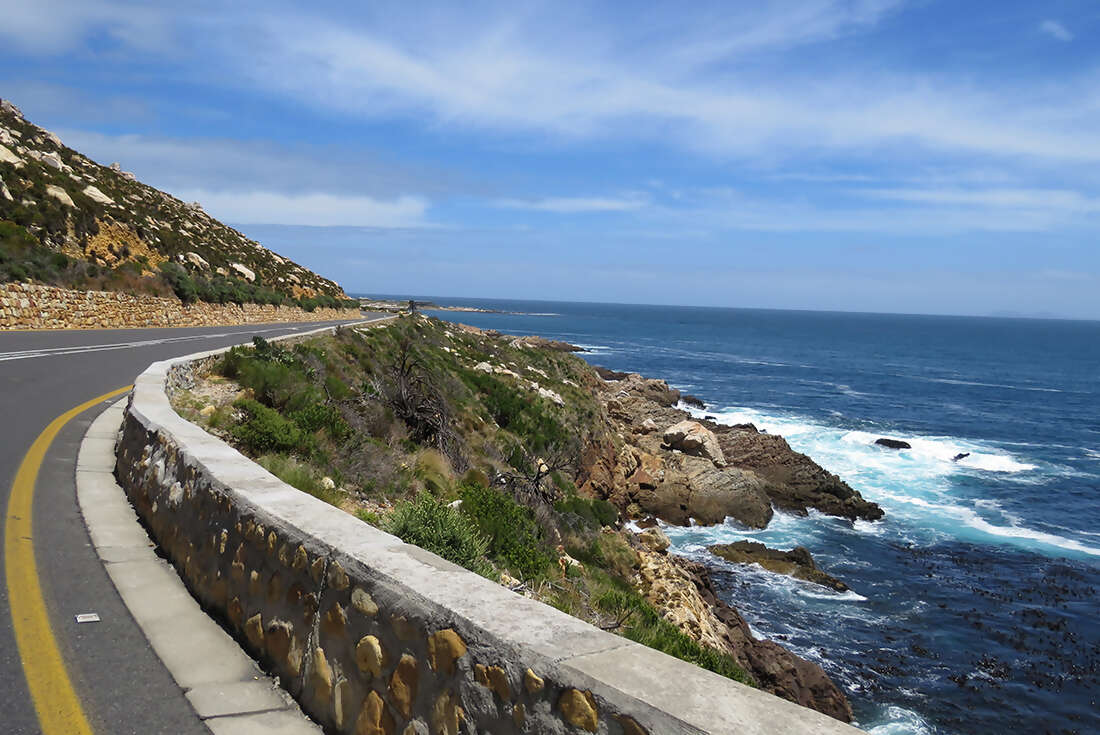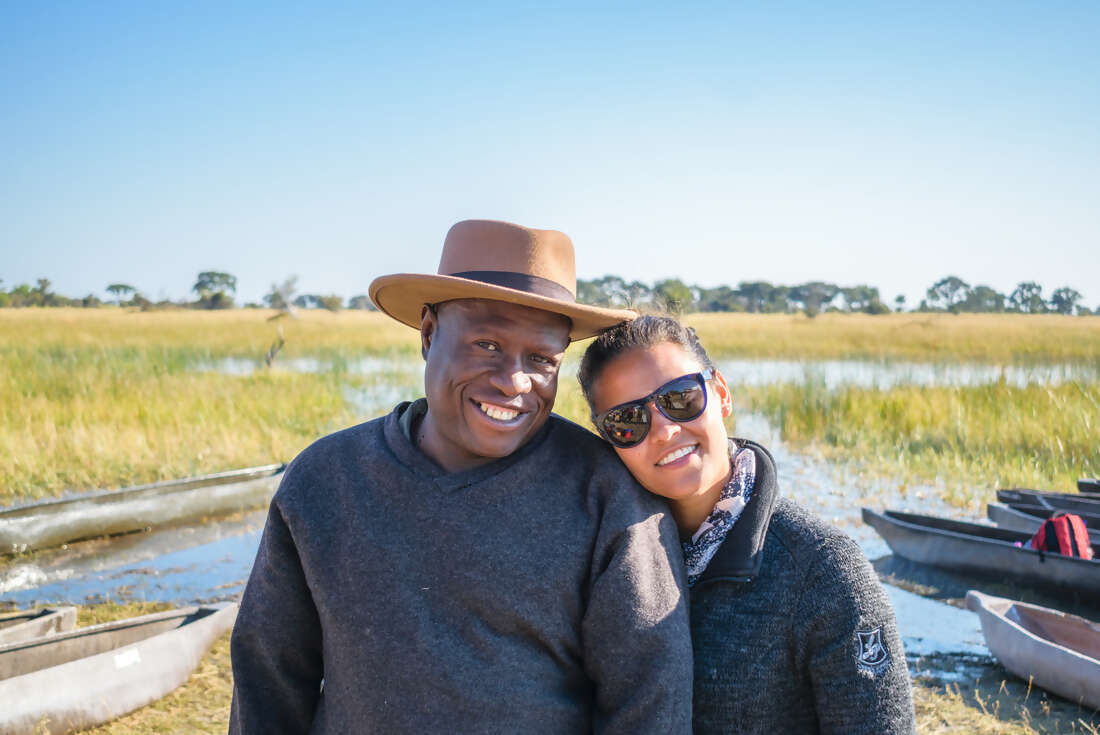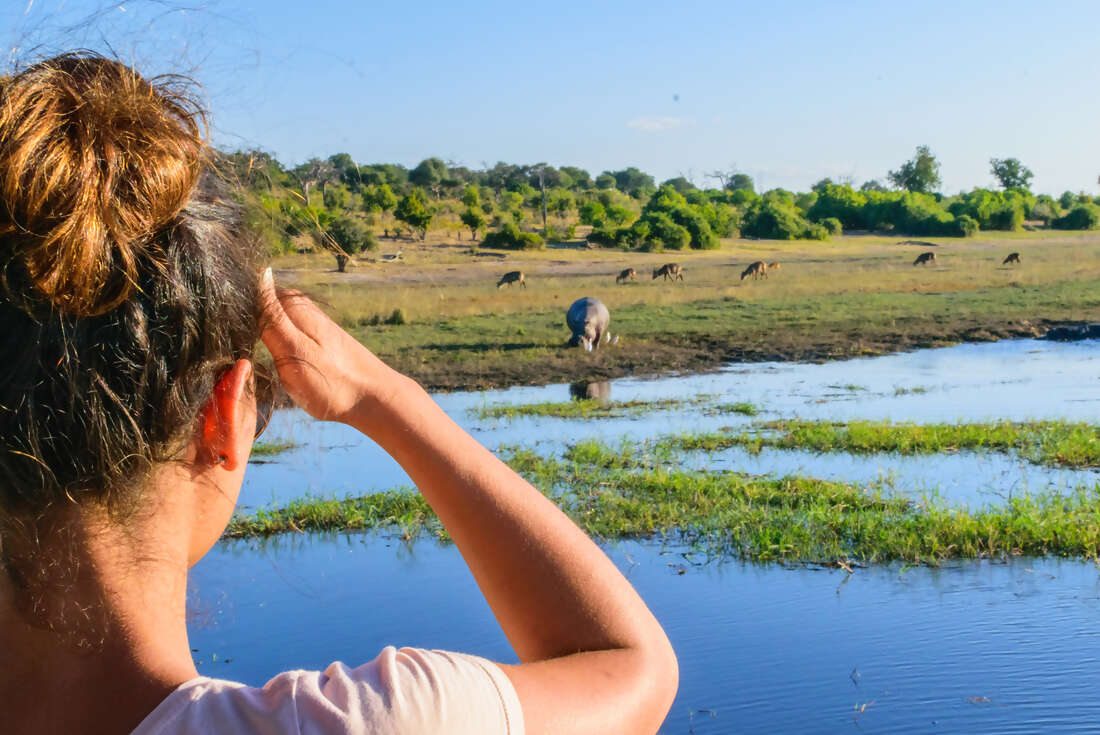 Visit Africa and travel through Namibia, Botswana, Zimbabwe and South Africa on a tour from Windhoek to Johannesburg. Embark on a journey through bountiful Botswana, rich in natural beauty, thrilling wildlife encounters and fun local interaction. Experience exciting game drives, enjoy life aboard a houseboat, see ancient rock art and feel the power of Victoria Falls. Continue south to Hwange National Park, known for its elephant population, Matobo National Park to track rhinos and, finally, visit famous Kruger National Park in search of the Big Five.
Visit Africa and travel through Namibia, Botswana, Zimbabwe and South Africa on a tour from Windhoek to Johannesburg. Embark on a journey through bountiful Botswana, rich in natural beauty, thrilling wildlife encounters and fun local interaction. Experience exciting game drives, enjoy life aboard a houseboat, see ancient rock art and feel the power of Victoria Falls. Continue south to Hwange National Park, known for its elephant population, Matobo National Park to track rhinos and, finally, visit famous Kruger National Park in search of the Big Five.Highlights
Spend 2 nights on a houseboat as your base for exploring the Okavango Delta
Discover the beauty of Chobe River with a morning game drive in open 4WDs before spotting bird life and hippos on a sunset cruise with sundowner in hand.
Get drenched by the raw power of mighty Victoria Falls
Explore the Makgadikgadi Pans; scenery, sundowners, Baobabs and Meerkats!
Check out the large elephant populations of Hwange National Park on a 4WD game drive. Hwange also boasts a tremendous selection of wildlife with over 100 species of mammals.
Track rhinos on foot with an expert local guide in Matobos National Park – an exhilarating way to experience the wildlife of Zimbabwe - then witness ancient rock paintings and learn about the San people.
Experience Kruger with game drives in open-top 4x4 vehicles in both private game reserves and Kruger National Park.
Stay in comfortable lodges and hotels for the duration of the journey.





- You will visit the following places:
-

Windhoek
Windhoek is the capital and largest city of the Republic of Namibia. It is located in central Namibia in the Khomas Highland plateau area around 1,700 metres (5,600 ft) above sea level. The 2001 census determined Windhoek's population was 233,529. A population influx from all over Namibia has caused researchers to estimate the figure to be well over 300,000. Due to its relative size Windhoek is even more so than other capitals the social, economic, and cultural centre of the country. Virtually every national enterprise has its headquarters here. The University of Namibia is here, as is the country's only theatre, all ministry head offices, and all major media and finance bodies.
-

Johannesburg
The City of Johannesburg Metropolitan Municipality is a metropolitan municipality that manages the local governance of Johannesburg, South Africa. It is divided into several branches and departments in order to expedite services for the city. Johannesburg is a divided city: the poor mostly live in the southern suburbs or on the peripheries of the far north, and the middle class live largely in the suburbs of the central and north. Around 20% of the city lives in abject poverty in informal settlements that lack proper roads, electricity, or any other kind of direct municipal service. Another 40% live in inadequate housing with insufficient municipal housing.